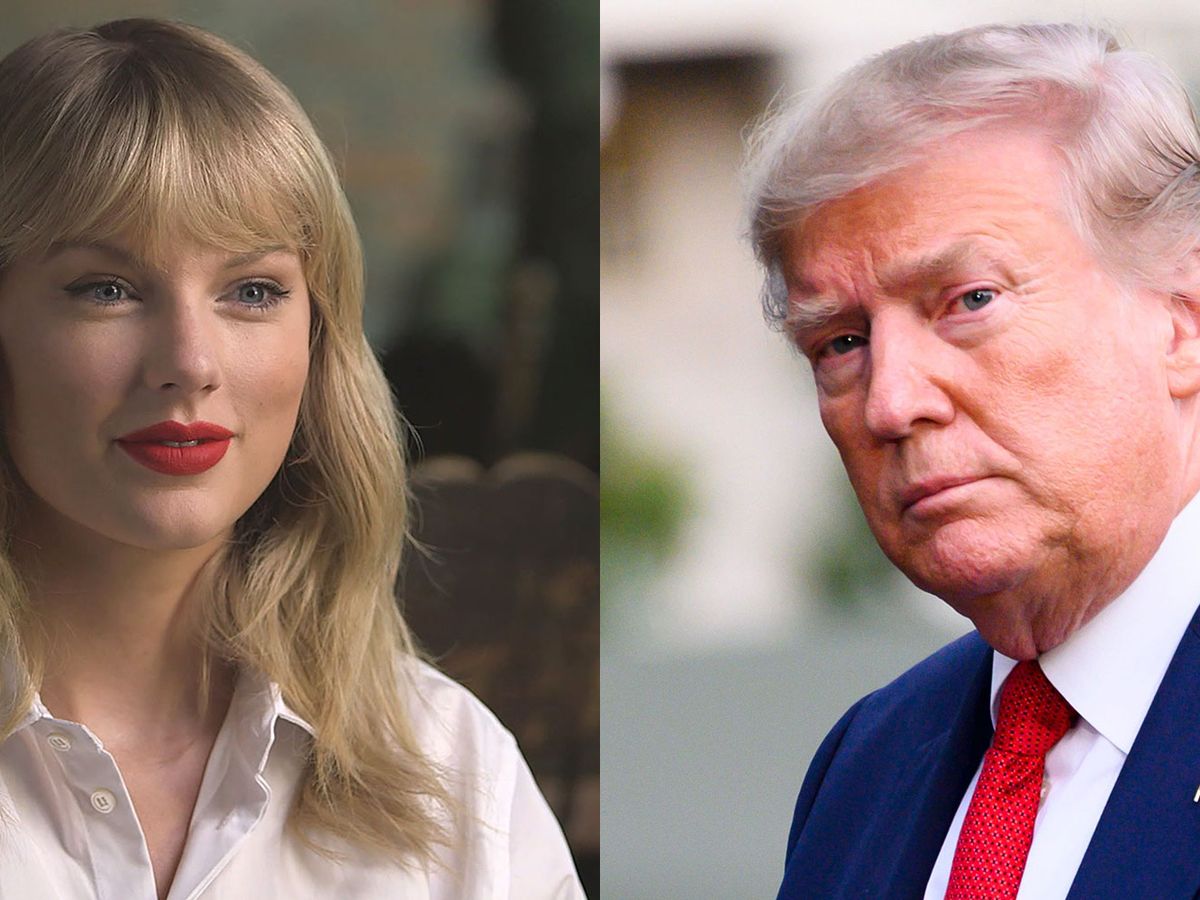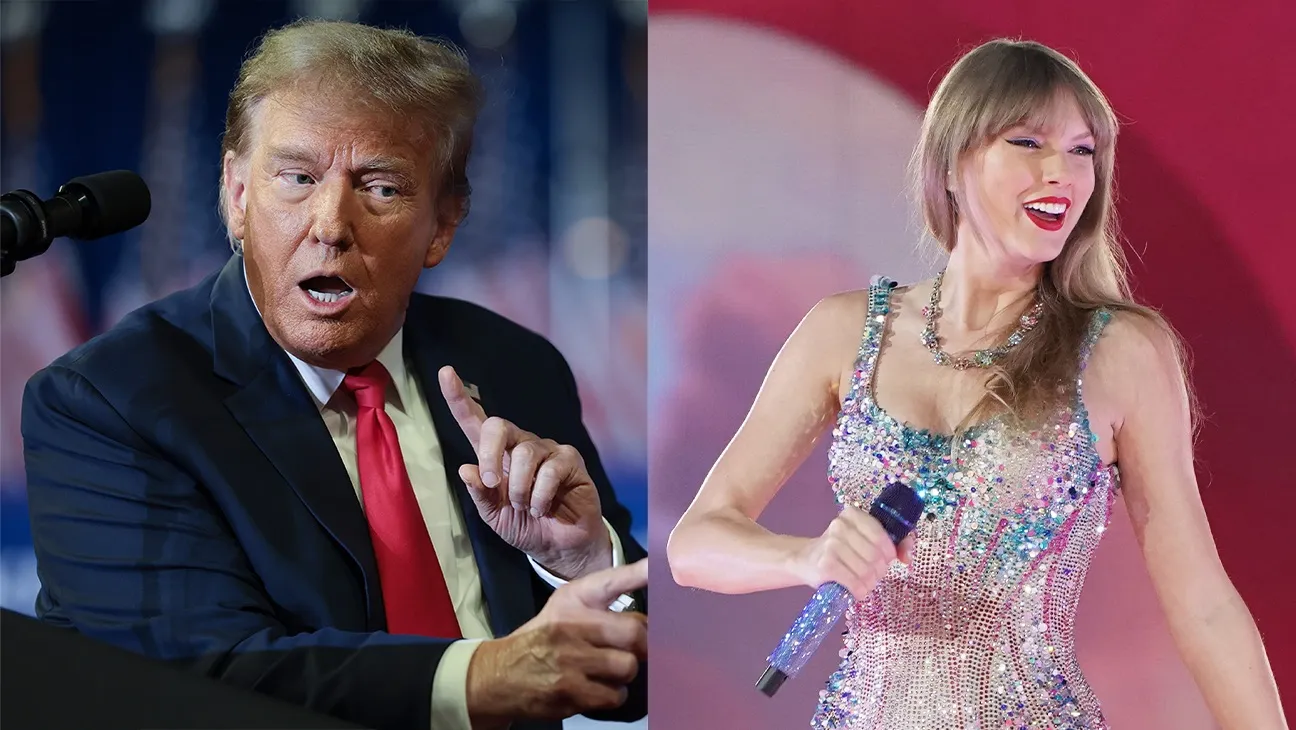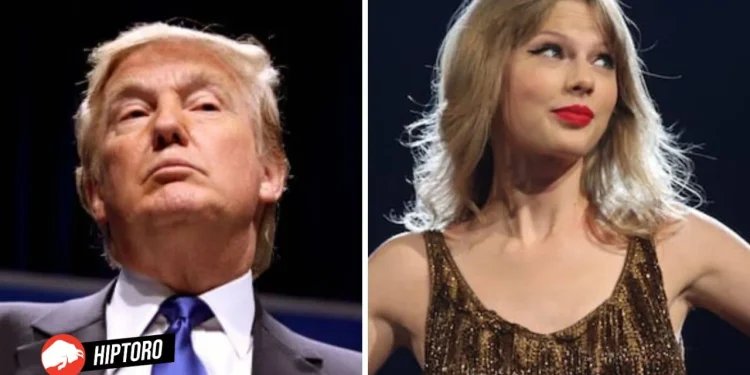Taylor Swift’s influence extends far beyond the realms of music, making her a formidable force in the arena of public opinion and social influence. While Donald Trump commands attention as a political juggernaut, Swift’s reign in the music industry has granted her unparalleled sway in shaping cultural conversations and mobilizing her vast fan base.
The comparison between the two might initially seem unconventional, yet it has sparked intriguing debates and analyses regarding who holds more sway in both digital and real-world spheres. Trump’s assertion of being “more popular” than Swift, as reported by Rolling Stone, has ignited discussions across various platforms, prompting a closer examination of their respective followings and impacts.

Taylor Swift’s Social Media Dominance
In today’s world, social media is the battleground where celebrities and politicians alike vie for the public’s attention. Taylor Swift, with her music that resonates across generations, and Donald Trump, with his unapologetically bold political statements, both harness these platforms to remarkable effect.
Swift’s dominance is undeniable, with staggering numbers across Twitter, Facebook, Instagram, and even TikTok—a platform where Trump is notably absent. Swift’s Twitter following alone stands at 95 million, surpassing Trump’s 87.4 million. This trend continues across Facebook and Instagram, with Swift’s numbers dwarfing those of Trump, showcasing her unparalleled global appeal and the universal language of music.

Donald Trump’s Presence in Rallies vs Swift’s Concerts
Beyond the digital realm, both figures have shown an impressive ability to draw crowds—Swift through her record-breaking Eras Tour and Trump through his headline-making rallies. Swift’s concerts are not just musical events; they are cultural phenomena that have set new benchmarks in the entertainment industry. The Eras Tour, with an average attendance of 72,459 per show, not only demonstrates her musical prowess but also her deep connection with fans.
Trump’s rallies, while aimed at a different audience, seek to galvanize support for his political aspirations. However, reports suggest varying numbers, with some events drawing fewer attendees than expected, highlighting the fluctuating nature of political support.
Merchandise Magic: The Sales Speak
Merchandise sales offer another lens through which to gauge popularity and influence. Swift’s ability to monetize her brand is nothing short of spectacular, with Forbes estimating $200 million in sales from Eras Tour merchandise alone.
Trump, on the other hand, has also shown a knack for turning moments into merchandise opportunities, notably making over $7 million from sales following his indictment in the Georgia election interference case. These figures not only reflect their ability to engage with their bases but also the starkly different contexts in which their merchandise thrives.
#TaylorSwift vs #DonaldTrump
Any questions? pic.twitter.com/9Tw4C2x44n— Brother Ricky (@BrotherRicky) February 10, 2024
Measuring Popularity in a Multifaceted Arena
The question of who is more popular—Donald Trump or Taylor Swift—cannot be answered simply by looking at numbers. Popularity in the 21st century is a multifaceted concept, influenced by digital engagement, real-world interactions, and the ability to remain relevant in rapidly changing landscapes. While Swift’s social media numbers and concert attendances suggest a broader global influence, Trump’s dedicated political base and headline-grabbing antics ensure his continued prominence in public discourse.
In the end, the comparison between Donald Trump and Taylor Swift transcends mere numbers; it highlights the evolving nature of celebrity and influence in modern society. Whether through music or politics, both figures have mastered the art of captivating audiences and sparking conversations, cementing their places as icons of their respective fields.










